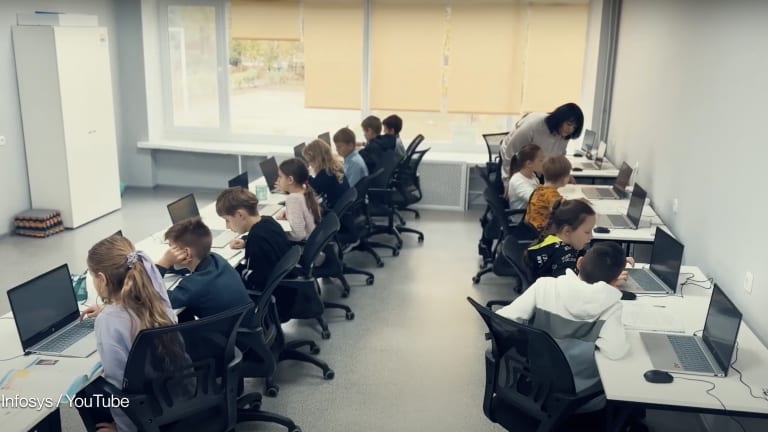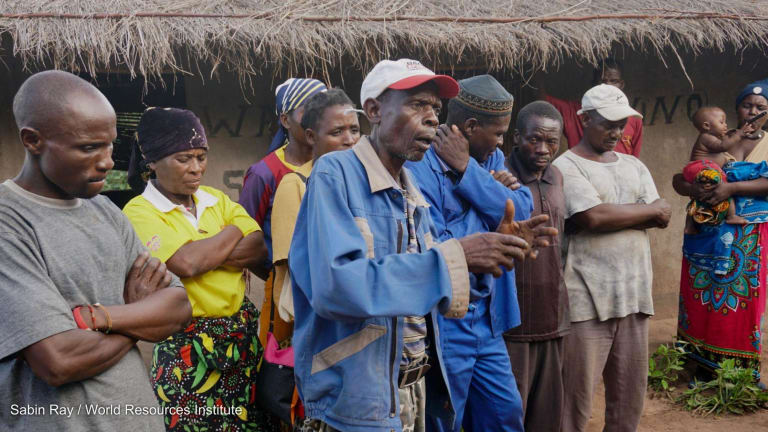
With the war in Yemen in its eighth year, over 20 million people are in need of assistance. While humanitarian aid saves lives, Yemenis are often their own first responders. In Taiz, among the regions worst affected by the war, youth have established neighborhood kitchens for the hungriest community members. Neighbors share essentials such as flour, beans, and sugar — despite often having little for themselves.
When one family fled their home, another came to their rescue. “I could not sleep while they were hungry,” said the host, who prepared them food despite having little cooking gas on hand. “We became like family.”
During crises, local networks are pivotal in ensuring aid reaches those who need it most. In Ukraine, community-based volunteers form the backbone of the current response. During the war in South Sudan, fishing groups on the islands of the Sudd welcomed displaced people to their camps, sharing food, shelter, cash, and information. Whether during famine in Somalia or after earthquakes in Haiti and Japan, households consistently rely on each other for support, and these support networks are often more important than formal aid.
But for too long, the humanitarian community has overlooked informal support networks. With funding levels stretched in the face of unprecedented need driven by climate change, conflict, and COVID-19, we cannot afford to ignore this critical source of survival.
Strengthening support networks is an untapped opportunity for aid groups to do more with less. It is also an opportunity to advance localization. Current localization efforts focus on strengthening collaboration between formal international groups and local NGO counterparts but often overlook the support shared informally within communities.
What can the humanitarian community do differently? Mercy Corps research from Yemen and South Sudan highlights the following three opportunities.
1. Monitor support networks for early warning
As crises intensify, more people look to their support networks for help. We saw this in Somalia during the 2011 famine. Now, as drought conditions worsen in the Horn of Africa, there are similar signs of distress, with diaspora members receiving calls for help from distant relatives. Others are relying on more localized sources of support. Daud Jiran, Mercy Corps’ Somalia country director, explains that “during the drought, communities have pooled their resources to assist IDPs because there has been little outside help.”
Crisis monitoring activities that track support shared within informal networks can help aid groups proactively respond to eroding coping strategies. Simple steps can go a long way.
We can integrate basic questions into existing monitoring activities, which survey peoples’ perceptions of the likelihood of receiving support from their own networks. We could also track remittance flows through partnerships with financial service providers or consultations with informal money transfer agents. And we can regularly speak to community leaders about support network dynamics.
2. Don’t undermine support networks and mutual aid
When livelihoods are upended and resources dwindle, households share humanitarian assistance to maintain, expand, and diversify their support networks.
But aid can also inadvertently weaken these networks, particularly when formal targeting criteria conflict with local understandings of need. For example, in South Sudan, some cash recipients were perceived to have received more than their “fair share” and were excluded by other community members from support networks.
The humanitarian community can mitigate these situations by transparently communicating targeting criteria to crisis-affected communities. Straightforward measures such as posting signs about criteria in public areas are good first steps. Program staff can also work with community leaders to communicate criteria to households and address program-related social tensions.
In the long term, aid actors should pilot new targeting approaches that support communities to allocate aid on their own terms.
Rather than targeting specific categories of households, humanitarian groups could prioritize blanket assistance in geographies with especially acute need, understanding that aid will flow within social networks following communities’ own definitions of fairness.
Strengthening support networks is an untapped opportunity for aid groups to do more with less.
—Concurrently, programs will need to institute checks and balances to ensure certain groups are not excluded and evaluate the effect of these approaches on local solidarity.
3. Prioritize localization and opportunities to partner with informal initiatives
Our research shows that community-led initiatives are often faster to mobilize when crises strike than international groups, may be better equipped to reach those in need and can be more cost-efficient, particularly where humanitarian access is limited.
Directly supporting communities to address crises on their own terms is an untapped opportunity for international humanitarian groups to reach more people more quickly and localize decision making.
Investing in local initiatives demands out-of-the-box thinking from the humanitarian community, including managing challenges related to financial and operational risk. It will also require new approaches to measuring impact.
We need our sector leaders to recognize that these challenges are worth taking on. With at least 274 million people expected to require humanitarian assistance and protection in 2022, we cannot afford not to.








